Research and Creative Works Symposium Showcases Art, Innovation, Exploration
April 30, 2024
- Author
- Mary Elizabeth DeAngelis

2023 Verna Miller Case Symposium
You can listen to live music, take in emerging artist exhibits, catch a dramatic reading and learn about everything from hot topic health issues to documentary making to the physics of building a tiny house — and tour the house.
If you ever wonder what Davidson College students do all year, the annual Verna Miller Case Research and Creative Works Symposium on Wednesday, May 1, offers a taste of their extensive research, talent and hard work.
The celebration will feature hundreds of student projects throughout the campus. And speaking of taste, the day includes a free lunch that turns Richardson Plaza into an outdoor café for the college community to eat and socialize. The symposium is open to the public and begins at 9 a.m. on the main stage at Richardson Plaza and goes until 4:30 p.m. Visit the symposium website for more details
In advance of the event, we asked some students to share a little bit about their projects.
Wicked Problems in Neuroendocrinology
Comparative Neuroendocrinology (BIO 220) with Assistant Professor of Biology Nicole Baran
Students worked in groups of four to dissect a “wicked problem” in neuroendocrinology that they turned into documentaries and podcasts. Wicked problems include current issues — sometimes controversial — in the field of hormones, brain and behavior that have important societal or cultural implications.
Here’s a sample of their research:
Semaglutides and Obesity
What Inspired it?
Semaglutides, like Ozempic, were initially created to treat type 2 diabetes, but they have increased in popularity as a weight loss mechanism. They work by increasing insulin production and feelings of satiety, and a common side effect is rapid weight loss. Many are eager to lose weight, but what’s often overlooked are the potential social implications of having a drug that causes rapid weight loss. This topic is extra “wicked,” because it truly improves the lives of type 2 diabetics and has helped people lose weight and improve glycemic control, but social consequences like increased fatphobia and blaming overweight people are likely inevitable. We gathered statistics and public opinions and configured it into a satirical take on an Ozempic commercial.
What’s your takeaway?
It’s important to acknowledge that these drugs can offer medical benefits, particularly for individuals with diabetes. However, the normalized use of weight loss drugs like Ozempic can perpetuate fatphobia, increase body dysmorphia and contribute to the stigma around obesity. Balancing the potential societal impact with their medical value is crucial to ensuring equitable access and support for those who may benefit from them.
Health Disparities and Diabetes

Ahtziri Gonsalez ’25Major: Biology |
Ryan Shute ’25Major: Biology |
Martina Gergis ’26Major: Biology |
Francis Whitworth ’24Major: Biology |
What inspired it?
This project was inspired by our group’s passion to understand health disparities and the rising rates of diabetes. This is a truly wicked problem that needs to be examined, and our group took this step.
What’s your takeaway?
The rate of diabetes is rising in the U.S. The rising cost of insulin is adding to the difficulties. We interviewed several individuals to learn about their experience with diabetes. We also interviewed a physician assistant to learn about directions we can take to reduce the alarming rise of diabetes in the U.S.
Biology & Misconceptions of Medical Transition
What Inspired it?
We focused on the health & wellbeing of transgender people, which I was interested in as a trans person myself. I have encountered a lot of misinformation and lack of education around this topic. My group focused on the biological aspects of medical transition in order to harken back to the class’s neuroendocrinological theme while debunking some common myths.
What’s your takeaway?
Many of the “wicked problems” of today involve underrepresented, marginalized and minority groups in society, especially in the U.S. Transgender health care is no exception. As a historically marginalized group only now gaining societal, legal and medical recognition, many trans people find it difficult to gain equal access to basic health care needs, housing, jobs and education, let alone medical transition. But medical transition has been shown to fundamentally improve the health and wellbeing of transgender people who experience gender dysphoria, which is distress experienced due to incongruence between one’s gender and the gender associated with their sex assigned at birth.
Written by Rory Mullis ’26, biology major; other group members were Ann Nishida ’24, Airen Ellis ’24 and Grace Semrau ’25.
Coining Rome: Architectural Insights Through Numismatic Exploration
CLA 456: Coins and the Ancient Economy, Assistant Professor of Classics Anne Truetzel
What inspired it?
My journey to this research project began during a weekend trip to Charlottesville, Virginia, touring Monticello, the home of Thomas Jefferson. At the ticket counter, a guide eagerly held up a nickel, saying, “Look at the back of this nickel. When you reach the house up the mountain, look again; the two are identical.” Five cents richer, I tested the guide’s experiment, and he was right: the reverse of the coin and the house were identical.
In my ancient coins class at Davidson, I wondered: Do we have similar images of historic buildings in the college’s ancient coin collection, and could depictions of a building on coinage provide a way for classicists to reconstruct long-forgotten ancient buildings?
What’s your takeaway?
Architecture on coinage historically served as a powerful tool for states to convey political messages and establish legitimacy with the population. This illustrates that coins have a broader role beyond currency, functioning as a widespread medium for political messaging. While coinage cannot accurately reconstruct architecture, it still offers valuable insights into architectural evolution and regional differences. This project also prompts us to reconsider the depiction of figures like Jefferson on American coinage, suggesting that coin designs should evolve to reflect changing societal values, much like how Roman coinage adapted to convey shifting political messages over time.
COVID at Davidson Documentary
News Producing (COM 272) with James K. Batten Professor of English Emily Drew ’04
What inspired the project?
The student perspective of COVID on Davidson’s campus was probably going to die out once seniors graduated this year. We wanted a project that will remind people what life was like at the school during the time. Some seniors at Davidson look at the 2020/2021 school year as one with fondness but also with anger and frustration, as it was incredibly difficult to have a sense of normalcy.
What’s your takeaway?
I hope people can get a better idea of what life was like at Davidson during COVID. It was quite isolating for the sophomores and upperclassmen because they had experienced what Davidson had been like before the pandemic. Not being able to communicate in person with everyone was hard, especially for a school that highly values relationships. For first-years like me, it was nice to come to school and make do with whatever we could, but it was also a very difficult time. It was unifying in that we were all in it together, especially since many schools had gone fully remote. By the time the school year ended, it was gratifying because we were able to navigate the pandemic, but looking back on it, it was isolating compared to what campus is like now.
Spotlight on the Arts
On view throughout the day at the Van Every/Smith Galleries is a collection of art featured in the Annual Student Art Exhibition, hosted by the Van Every/Smith Galleries and the art department. Highlighting more than 60 works produced during the academic year by both art majors and non art-majors at Davidson College, the featured works were selected by studio art faculty and include drawings, paintings, sculptures, prints, digital art and more.

By Mallory Kavanaugh ’26
Majors: Political Science and Art History
Painting, 2024
Oil and charcoal on canvas
Annual Student Art Exhibition Juror’s Award for Painting
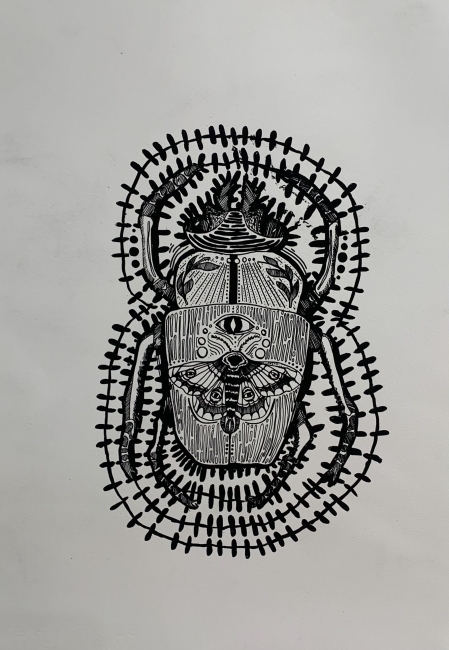
By Quinn Ray ’27
Hidden Transformation, 2023
Screen print on Rives BFK paper

By Ramsey Chaaban ’24
Majors: Biology and Hispanic Studies
Khalas, We’ll Take the Truck, 2024
Oil on canvas
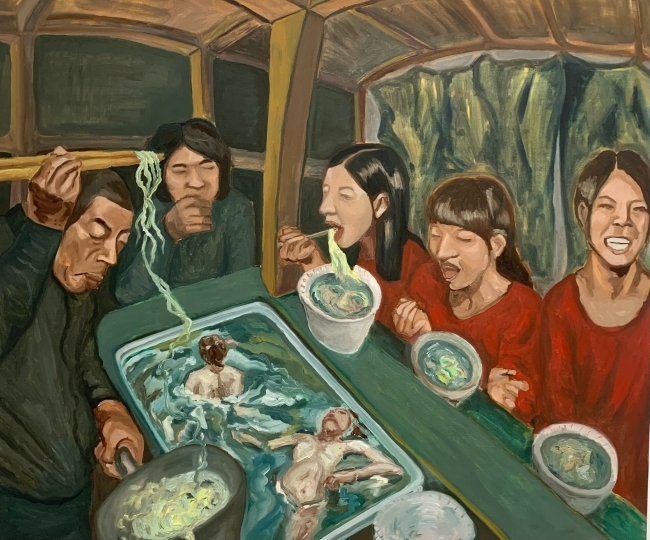
By Belle Mckissick Staley ’26
Majors: Studio Art and Classical Languages
Demeter eats Pelops, 2023
Oil on canvas

By Annabel Semans ’26
Major: Music
Minor: Philosophy
Turkey Tail, 2023
Screenprint
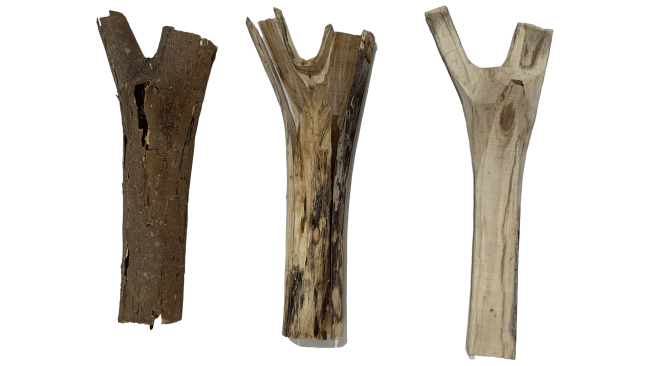
By Sam Cochran ’24
Major: Art History
Minor: Anthropology
I will build for thee a boat/a shield crafted from little certainties, 2024
One piece of wood, metal fasteners
Annual Student Art Exhibition Juror’s Award for Honorable Mention
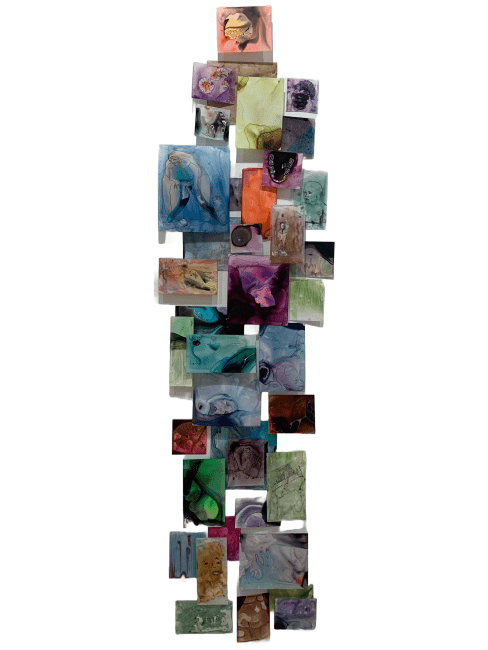
By Amelio Aragona ’25
Major: Studio Art
10-4, 2024
Ink on yupo paper
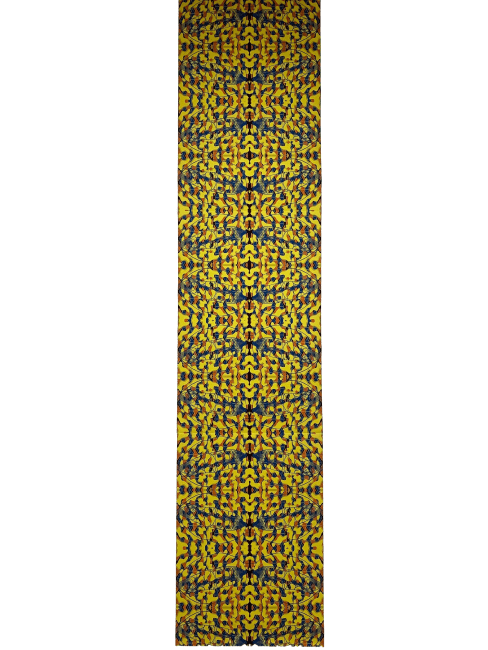
By La’Nisha Rodgers ’25
Major: Studio Art
Minor: Chinese Studies
We are the Primary, 2024
Digital print on matte paper

By Sydney Schertz ’24
Major: Educational Studies
Minor: Studio Art
You Are Not an Island, 2024
Oil on canvas
A Sampling of Digital Art
Explore Digital Art by Piece:
0:01 - Women on Wall Street by Izzy Bordages '27
0:27 - Sakura by Bryce Clement '27
1:05 - Utopia by Kostas Mateer '24
2:03 - On Guard by Lauren Matlack '25
2:23 - Traitors Among Us by Nisrine Tiouti '27
2:44 - CONGRATULATIONS! by Cali Koerner '24
3:11 - Freytag-Loringhoven by Julia Matthiesen '24
3:38 - Party in Bastille by Zoe Ren '24
4:05 - Over the blue line by Adele Oprica '26
4:39 - Sweet Home by Bimal Shahi '25
5:26 - The Night Before the Sun by Courtney Lassiter '27
6:07 - Water is Essential to life by Jeremy Kemp '25
6:55 - Home by Jody He '26
8:12 - ONE ONE ONE by Jacob Kim '26
